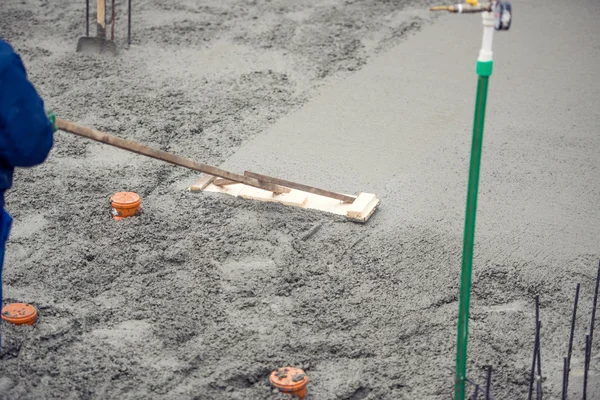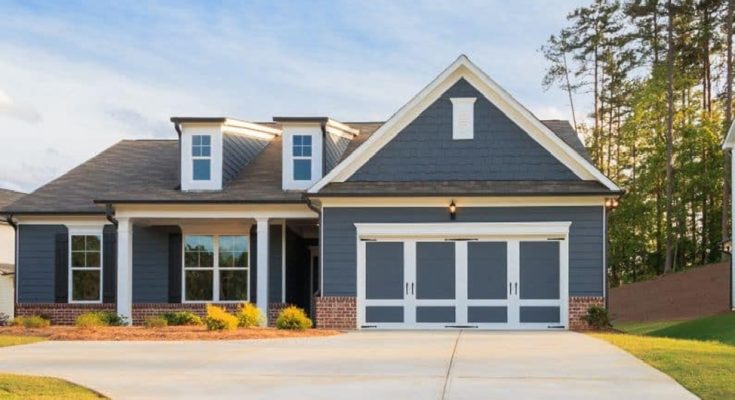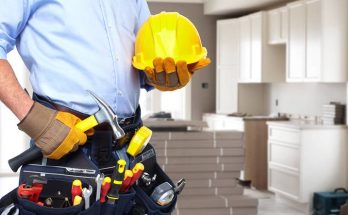House leveling is a crucial process that ensures your home stays safe, sturdy, and comfortable to live in. If you’ve noticed cracks in the walls, uneven floors, or doors that don’t close properly, it might be time to think about leveling your house. Here are five basic things about house leveling that every homeowner should know.
1. What Is House Leveling and Why Does It Matter
House leveling is the process of restoring your home to its original level. Over time, houses can shift and settle due to soil movement, water damage, or poor construction. When this happens, the foundation becomes uneven, which can lead to structural issues and safety risks.
An uneven foundation isn’t just about cracks in the walls—it can cause serious long-term damage to your property. When you Level House, it fixes these problems and ensures your home is stable and safe for your family.
2. Signs That Your House Might Need Leveling
You don’t have to be an expert to spot the signs of an unlevel house. Common indicators include sloping floors, sticking doors or windows, and visible gaps between walls and ceilings. You might also notice cracks in your drywall or bricks, which can worsen over time.
Ignoring these signs can lead to bigger problems. The longer you wait, the more expensive and complex the repairs will become. If you notice any of these warning signs, it’s a good idea to consult a professional immediately.

3. Why Do Houses Become Unlevel
Houses often become unlevel because of shifting soil beneath the foundation. This can happen due to changes in moisture levels, such as heavy rain, flooding, or drought. Expansive soils, which swell and shrink depending on water content, are particularly problematic.
Other causes include poor drainage around your home, plumbing leaks, or tree roots growing too close to the foundation. Understanding what caused the issue can help prevent future problems after your house is leveled.
4. What Are the Most Common House Leveling Methods
There are several methods used to level a house, depending on the type of foundation and the severity of the problem. For pier and beam foundations, professionals often use hydraulic jacks to lift the structure and then add shims or piers to support it.
For slab foundations, the process might involve mudjacking (injecting a concrete mixture under the slab) or using polyurethane foam. In some cases, professionals install helical or steel piers to stabilize the foundation. Each method has its pros and cons, and a professional will recommend the best solution for your home.
5. How to Maintain Your Foundation After Leveling
Once your house is leveled, it’s important to take steps to maintain the foundation. Proper drainage is key—make sure water flows away from your home and doesn’t pool around the foundation. Adding gutters and downspouts can help manage rainwater effectively.
Regular inspections are also important. Check for any new cracks, moisture issues, or shifting. Catching problems early can save you money and stress in the long run. Foundation maintenance is an ongoing process, but it’s worth the effort to keep your home in good shape.
Conclusion
House leveling might seem like a big job, but it’s essential for keeping your home safe and comfortable. By understanding the basics, you can spot problems early, choose the right solution, and maintain your foundation for years to come. Your home is more than just a structure—it’s where you create memories with your loved ones.




